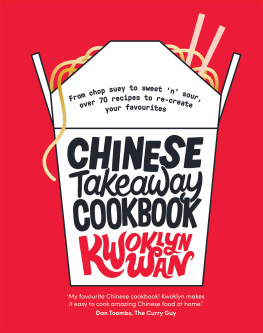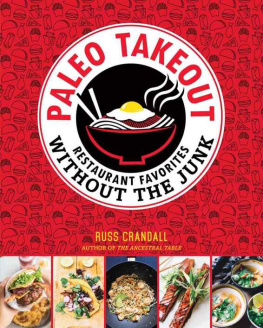By Kevin Heldman | 12:47 p.m. Oct. 24, 2011
This is a story about the experiences of a family of Chinese immigrants running a restaurant business in New York. Its by Kevin Heldman, a real investigative journalist whose reporting speaks for him more powerfully than anything I can say here.Josh Benson
You live in Manhattan below 125th Street, or gentrified Brooklyn, or a quiet part of Queens. You want Chinese food. Youre not following some recommendation from an old Sam Sifton column or a food blog, though. You just want some chicken lo mein, sweet and sour chicken, egg drop soup and fortune cookies.
You go to that drawer full of menus with dragons or pandas or bamboo on them, and the random Chinese characters, and the obligatory promise of fast and free delivery. And in 25 minutes or so a Chinese man on a bike will come to your door and youll maybe drop him a xie xie with your tip and hell give you a bye bye and hes gone. End of story.
But theres a different version of that story that goes on in many parts of this city. And that version is about money, class, race, and education. And in that version people are robbed, assaulted and killed, and people live in fear, constantly on guard and under threat over Chinese food.
Nancy Lin, 30, and her family own and run Lok Hin, a Chinese takeout restaurant on Brook Avenue in the Mott Haven of the Bronx. Just recently, in August, Nancys younger sister, Lynn, was assaulted on a delivery. She was screaming on the streets while two men punched her and stole her food. The men were about to get her money, too, but she was saved when someone in the neighborhood opened their door and got her inside. The same thing almost happened again to Lynn even more recently, but her brother showed up and scared her attackers off.
Nancy has also been attacked. An armed robber came into their kitchen at lunchtime, pulled a gun on her father and cousin and called out, Dont move.
Nancy, who was making fried rice, ran to the phone to call 911. The robber grabbed her by the hair with one hand as she was screaming into the receiver and with his other, free hand looted the register.
After the robbery, Nancy rode with the police around the neighborhood in a patrol car, but didnt see him. She said she was so scared she couldnt remember much anyway.
Shes been to the precinct more than once to look at mug-shot books. Her mother has had a gun and bat pulled on her, her father has been beaten, and her brother has been robbed.
For Chinese restaurants in many parts of the city, this is the normal course of doing business. Its been going on for years and its going on right now. I know about it because I have some familiarity with this world, through personal connections. And I know about it because Nancy Lin let me in, behind the bulletproof glass.
Over the course of several days, I talked to the people who work there, rode their bikes to deliver their food, walked up the project stairs with their customers orders, ate with them at the end of the night sitting around in the back of the kitchen on MSG barrels, talked to their customers and to the teenagers whose friends rob them.
Stories about these incidents make the papers sometimes, in the form of a few quotes, a crime statistic, and maybe a follow-up on story on an emergency visa application for a heart-broken relative in China. The incidents are written about in the ethnic pressWorld Journal, Sing Tao Dailyand maybe those stories contain a few more quotes than the usual American-paper specimen because the reporter speaks the same language as the victim and the victims colleagues.










